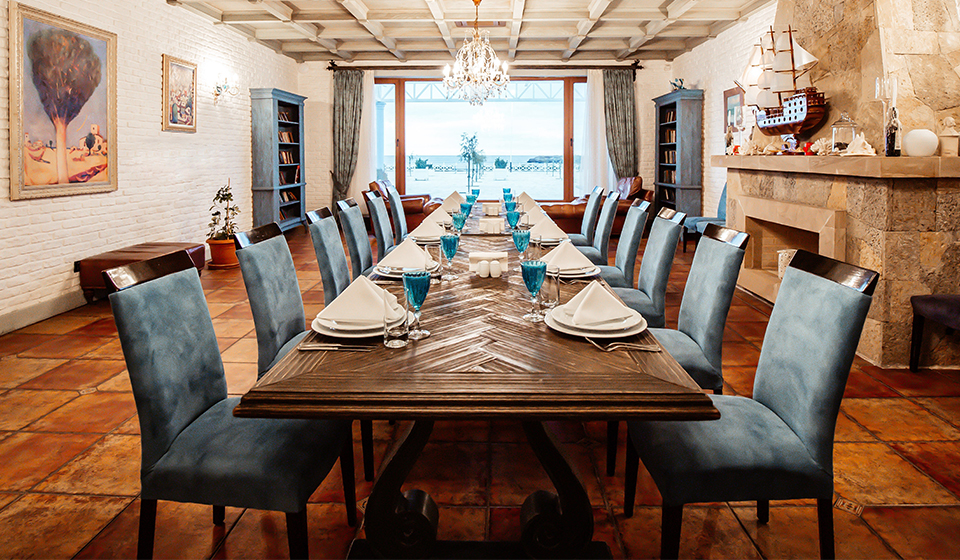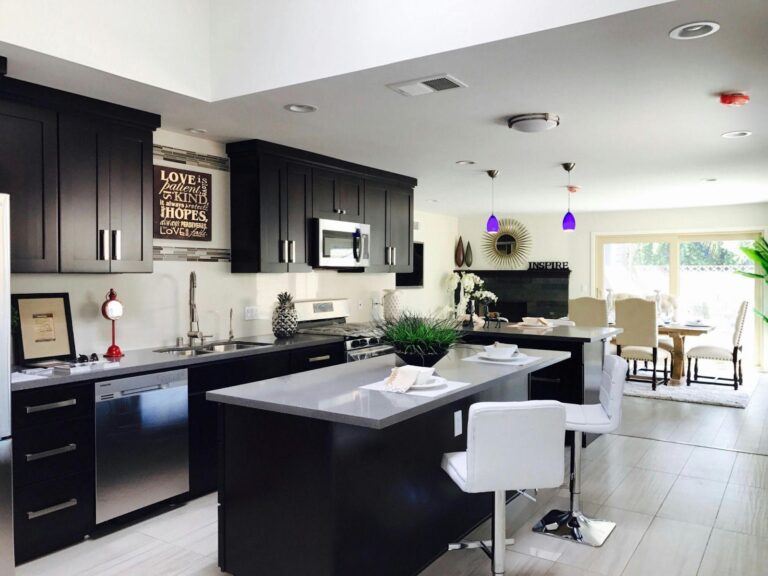
Our surroundings play a crucial role in shaping our emotions, productivity, and overall well-being. Whether at home, in the office, or in a commercial space, the design of an interior can significantly impact how we feel and function. From colour choices to lighting, spatial arrangement to materials, every design element influences our mood in ways that are often subconscious yet profound.
The Science Behind Interior Design and Mood
The field of environmental psychology explores how built environments affect human behaviour and emotions. Studies suggest that specific design elements can evoke positive or negative responses, influencing everything from stress levels to concentration and relaxation. For instance, cluttered and poorly lit spaces may contribute to anxiety, while open, well-ventilated rooms with natural light can promote calmness and clarity.
Colour Psychology: Setting the Right Tone
Colours have a well-documented impact on emotions, and choosing the right palette is crucial for setting the desired mood in a space:
- Blues and Greens – These colours evoke calm and focus, making them ideal for bedrooms and workspaces. Soft blues promote restful sleep, while greens, tied to nature, encourage renewal and concentration, perfect for productive areas.
- Reds and Oranges – Known for their energy, these colours work well in dining rooms and kitchens to spark social interaction. Red is linked to passion and appetite, while orange adds warmth and enthusiasm, creating inviting, lively spaces.
- Neutrals and Earthy Tones – These colours bring warmth and balance, perfect for living rooms. Shades like beige, taupe, and soft browns feel cosy and grounded while pairing easily with other accent colours.
Lighting: The Key to Ambience and Wellbeing
Lighting plays a fundamental role in how a space is perceived and how people feel within it. Poor lighting can lead to eye strain and fatigue, while well-designed lighting enhances mood and functionality.
- Natural Light – Exposure to natural light helps boost serotonin levels, which can improve mood, increase energy, and enhance overall productivity. It’s ideal for spaces like home offices or areas where you want to feel engaged and motivated.
- Warm Lighting – Warm lighting, with its softer yellow tones, creates a cosy and relaxing atmosphere. This type of lighting is perfect for spaces like living rooms and bedrooms, where comfort and unwinding are priorities.
- Cool Lighting – Cool, white-toned lighting is known to enhance focus, alertness, and attention to detail, making it the best choice for offices, kitchens, or workspaces where concentration and task-oriented activities are key.
Layering different light sources, such as ambient, task, and accent lighting, creates a balanced and adaptable environment that caters to various needs throughout the day.
Spatial Layout: Enhancing Flow and Comfort
The arrangement of furniture and decor within a space significantly affects its energy and functionality. A well-planned layout promotes movement and efficiency, while poor design can create a sense of confinement and discomfort.
- Open Spaces – Foster connectivity and relaxation by creating areas where light and air can flow freely. Open layouts encourage social interaction and promote a sense of spaciousness, making the environment feel more welcoming and less confined.
- Defined Zones – Clearly differentiate spaces for specific activities such as work, dining, and relaxation. This helps maintain focus and functionality within each area, ensuring that every part of the space serves its purpose effectively without overlap or confusion.
- Ergonomic Design – Prioritise comfort and health by incorporating furniture and layouts that prevent strain, especially in workspaces where prolonged sitting or standing is common. Ergonomic setups improve productivity, reduce physical stress, and support long-term well-being.
Materials and Textures: Sensory Influence on Mood
The choice of materials and textures in interior design contributes to both visual appeal and tactile experience.
- Soft Fabrics (Velvet, Wool, Linen) – Provide comfort and warmth, perfect for cosy settings.
- Natural Materials (Wood, Stone, Bamboo) – Connect people to nature, creating a sense of grounding and relaxation.
- Smooth and Glossy Surfaces – Convey modernity and sophistication, commonly used in contemporary designs.
Personalisation: Making Spaces Feel Like Home
A well-designed space should reflect the personality and preferences of its inhabitants. Personal touches, such as artwork, sentimental decor, and meaningful colour choices, can create a sense of comfort and belonging.
When working with professionals like novaricollective.com.au, individuals can tailor their interiors to suit their lifestyle and emotional needs, ensuring that their spaces truly support their well-being.
Beyond Aesthetics
Interior design goes beyond aesthetics—it directly impacts how we feel, think, and interact with our surroundings. By understanding the psychological effects of design elements such as colour, lighting, layout, and materials, we can create spaces that enhance wellbeing and promote a positive lifestyle. Thoughtful design can transform any environment into a sanctuary that nurtures both body and mind.
Write and Win: Participate in Creative writing Contest & International Essay Contest and win fabulous prizes.


